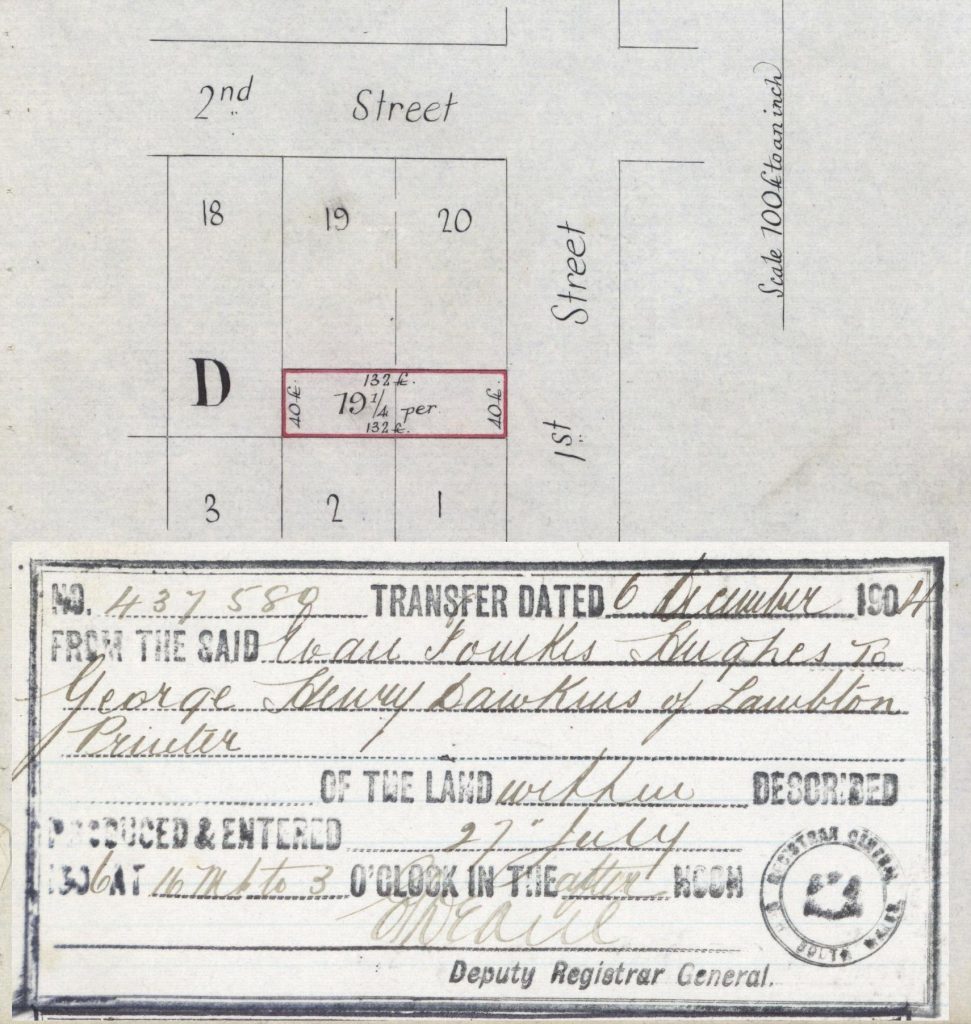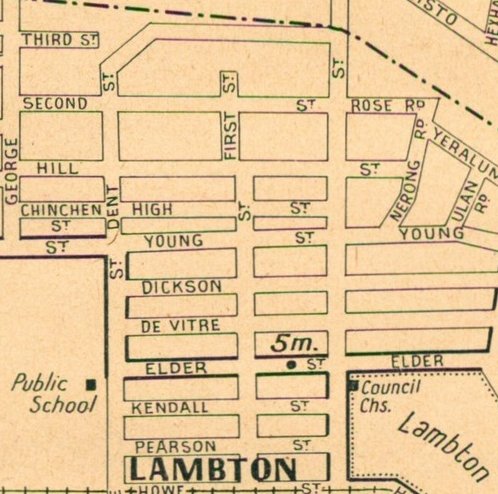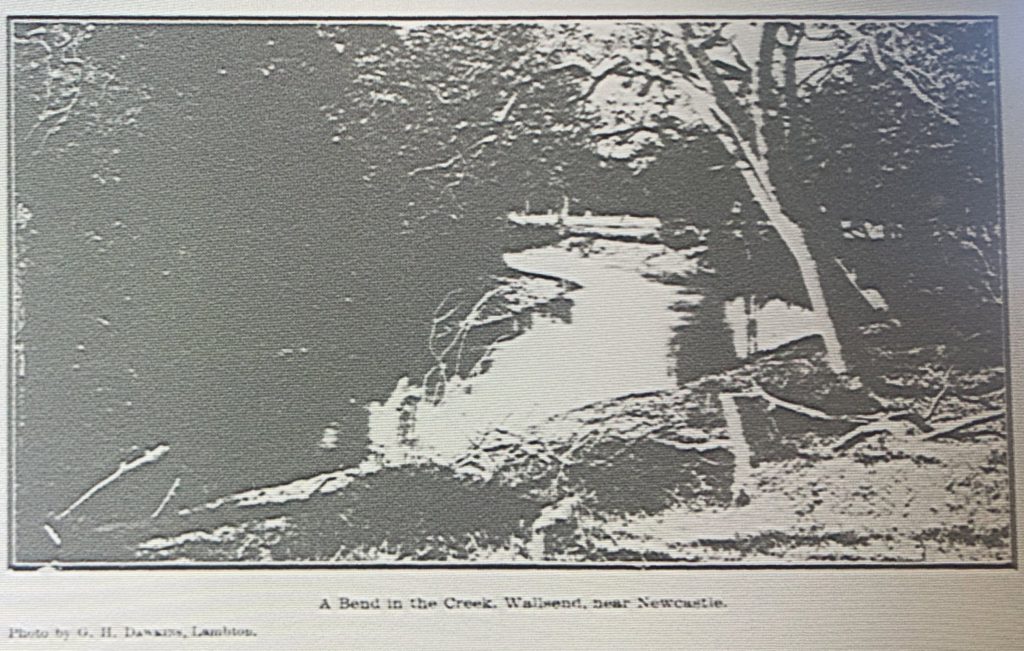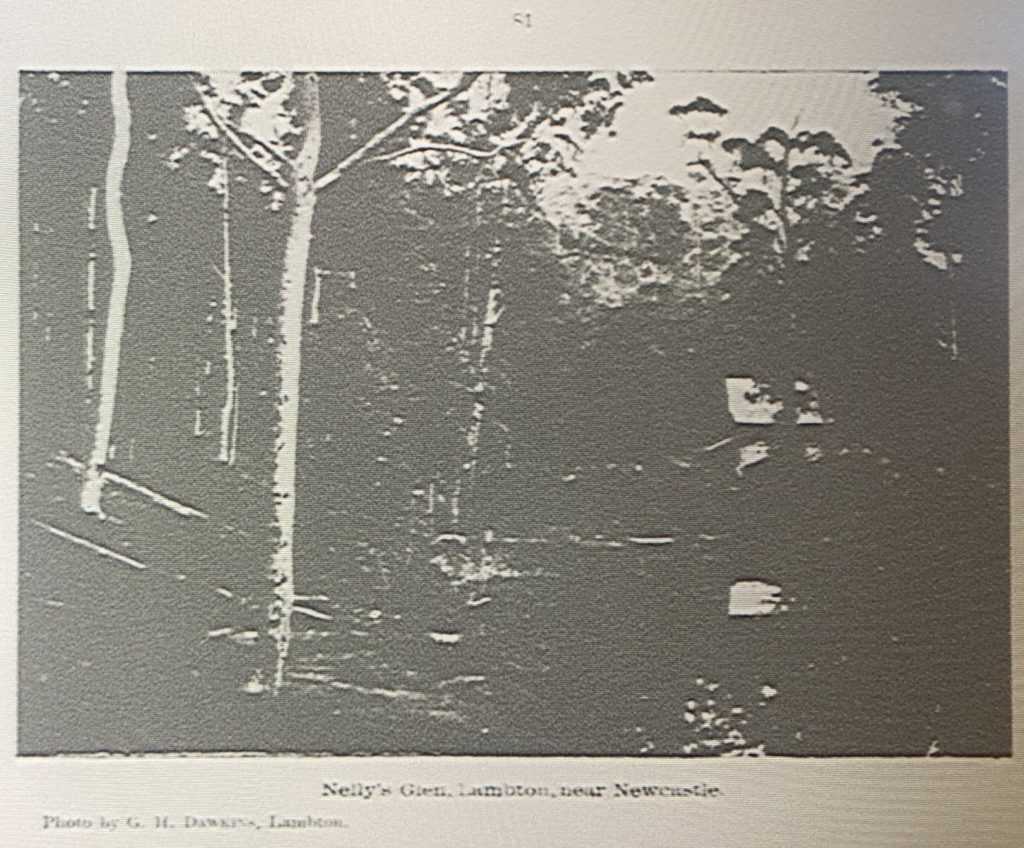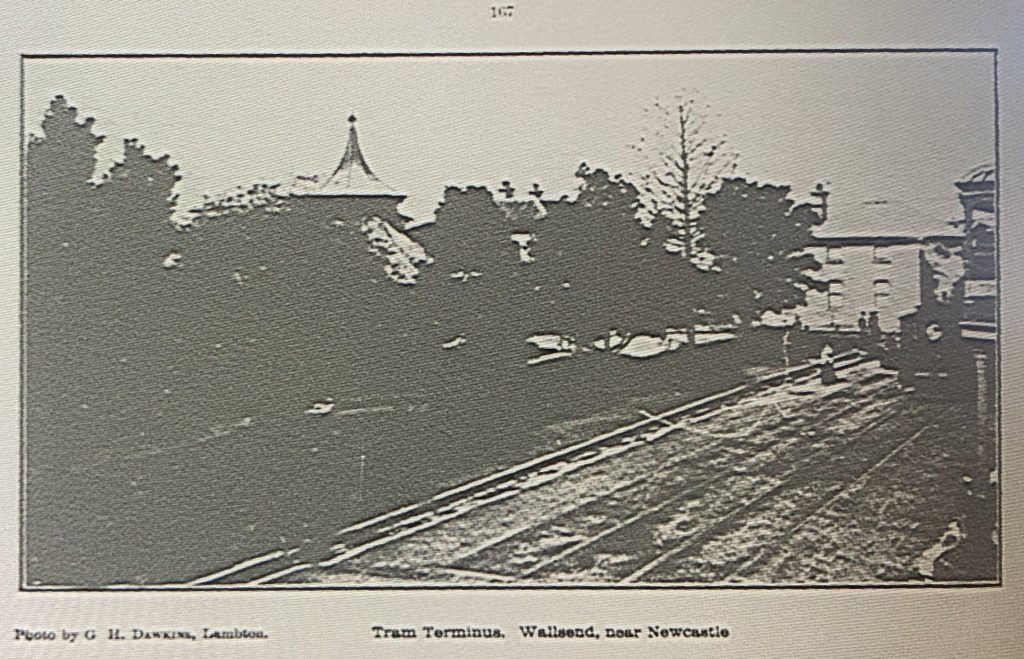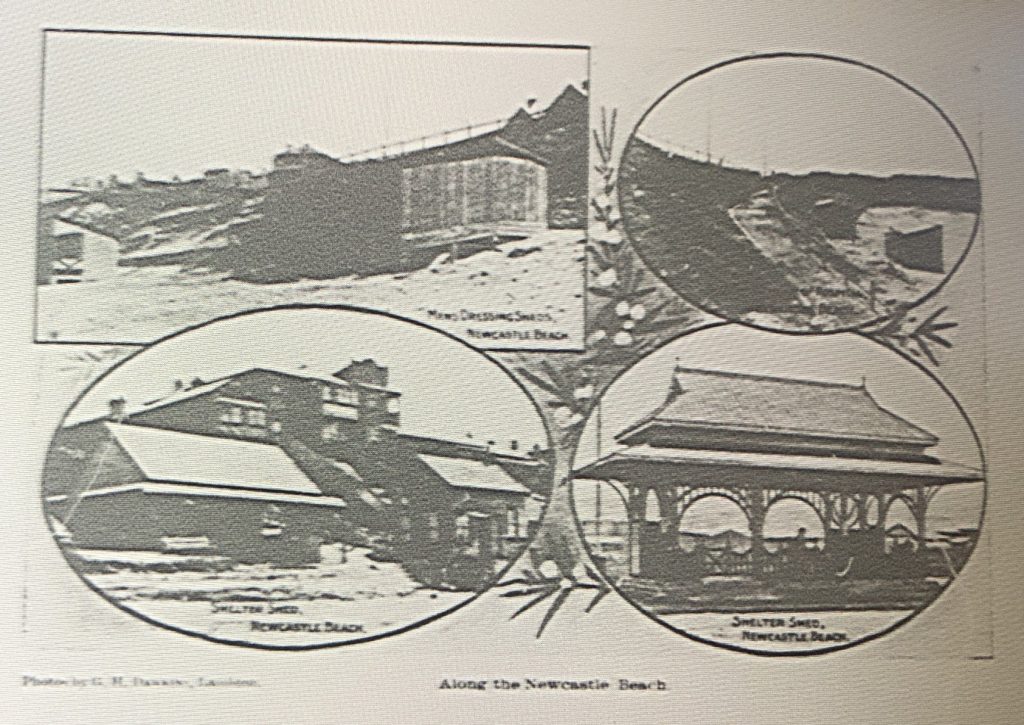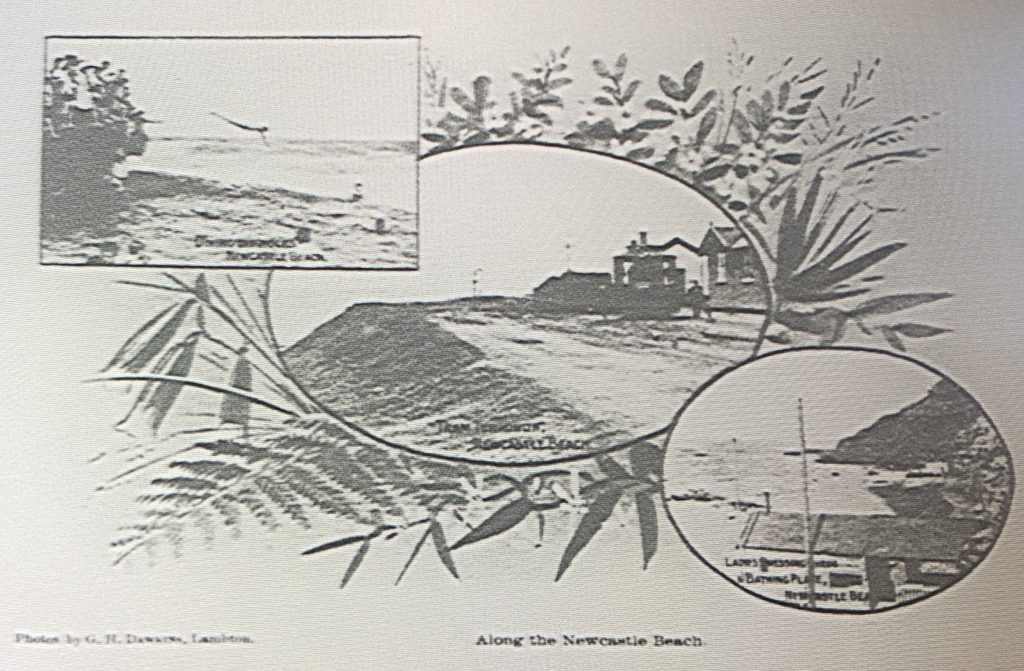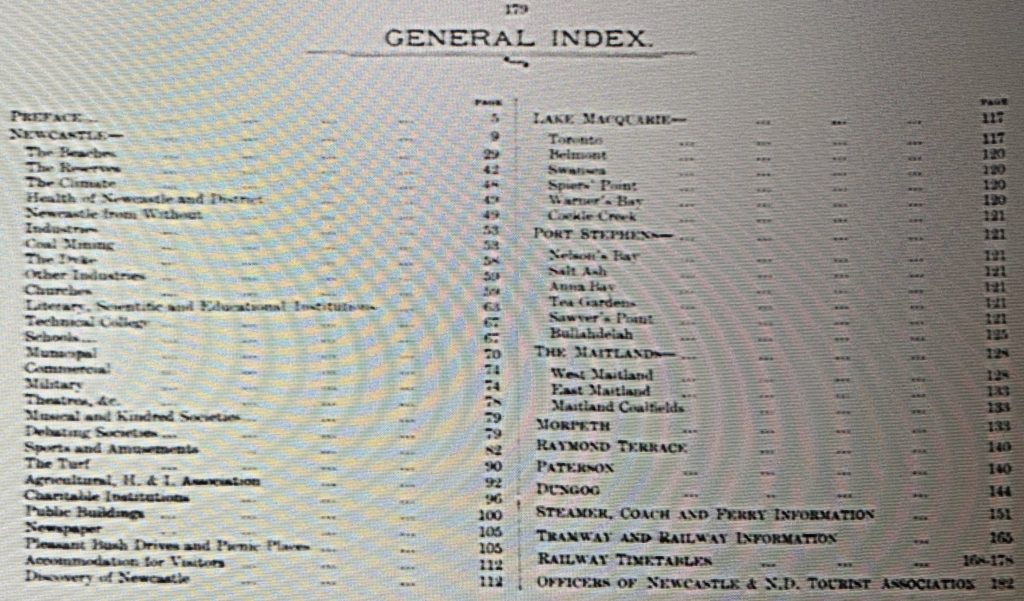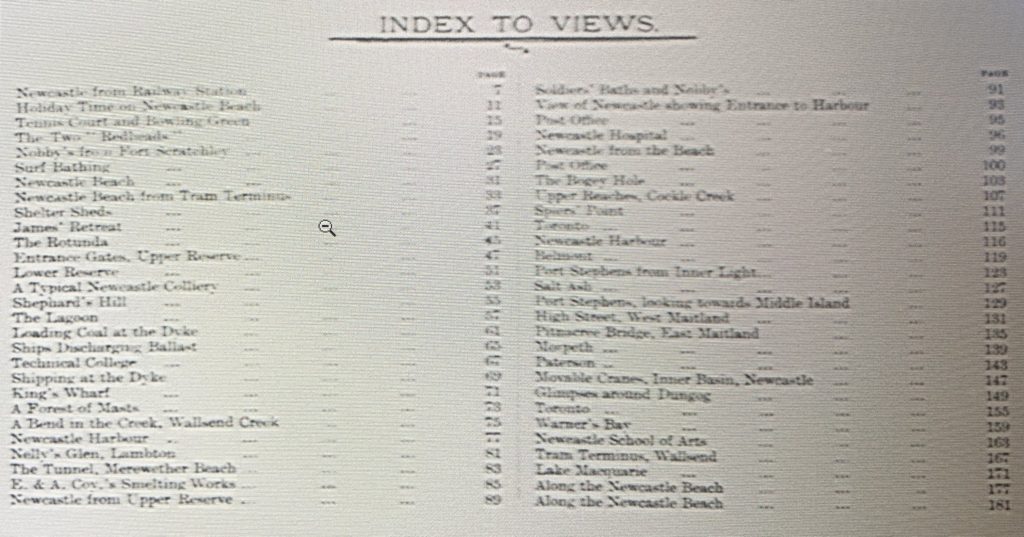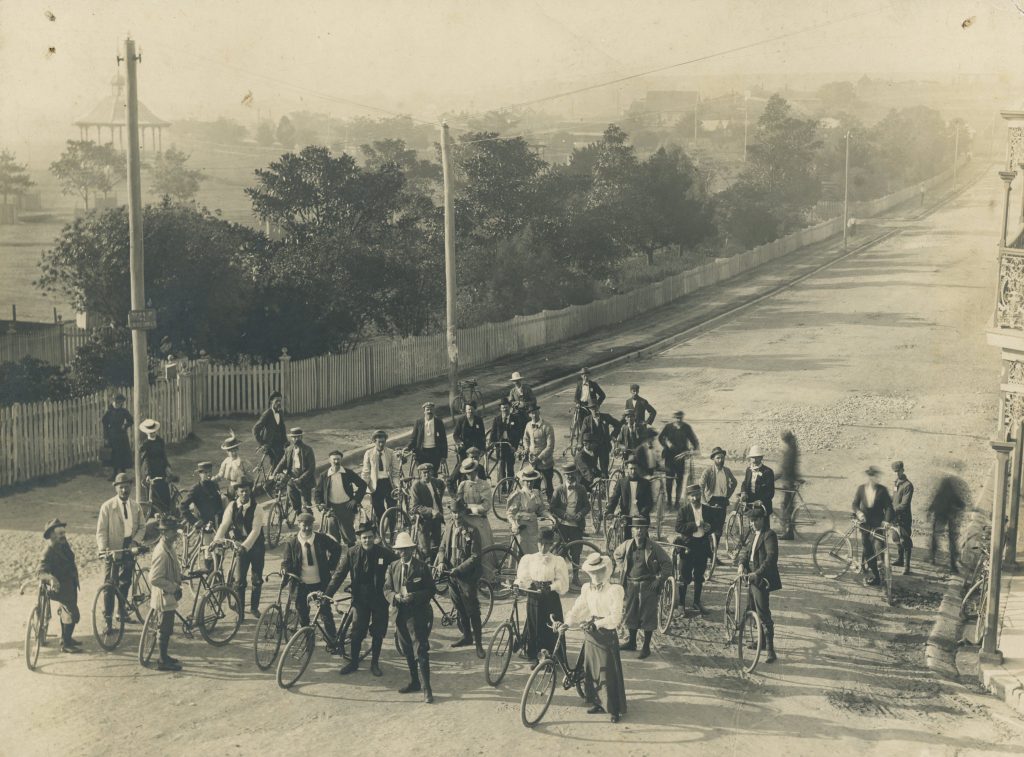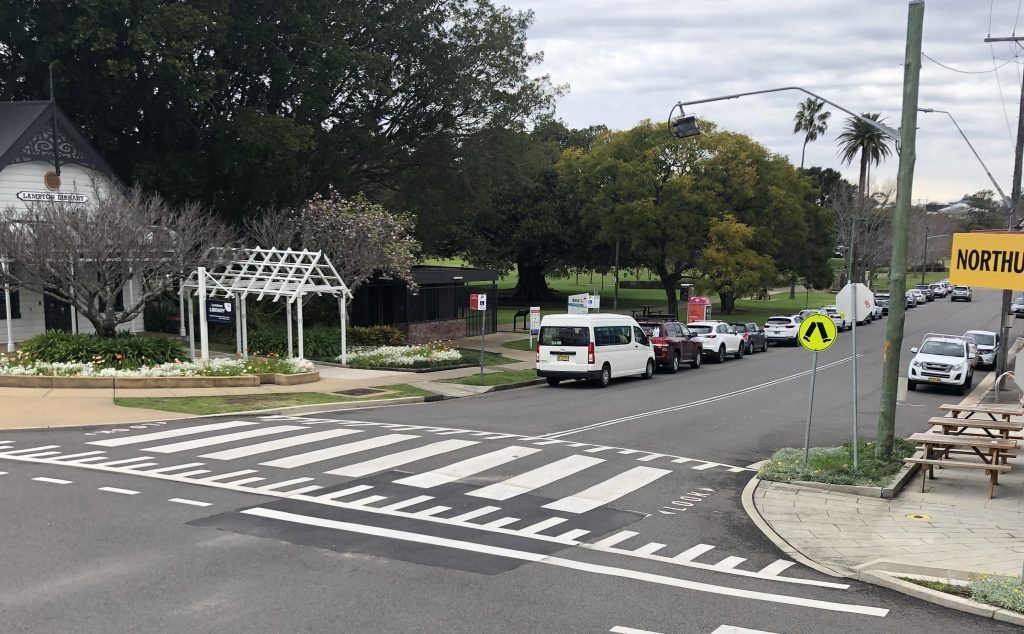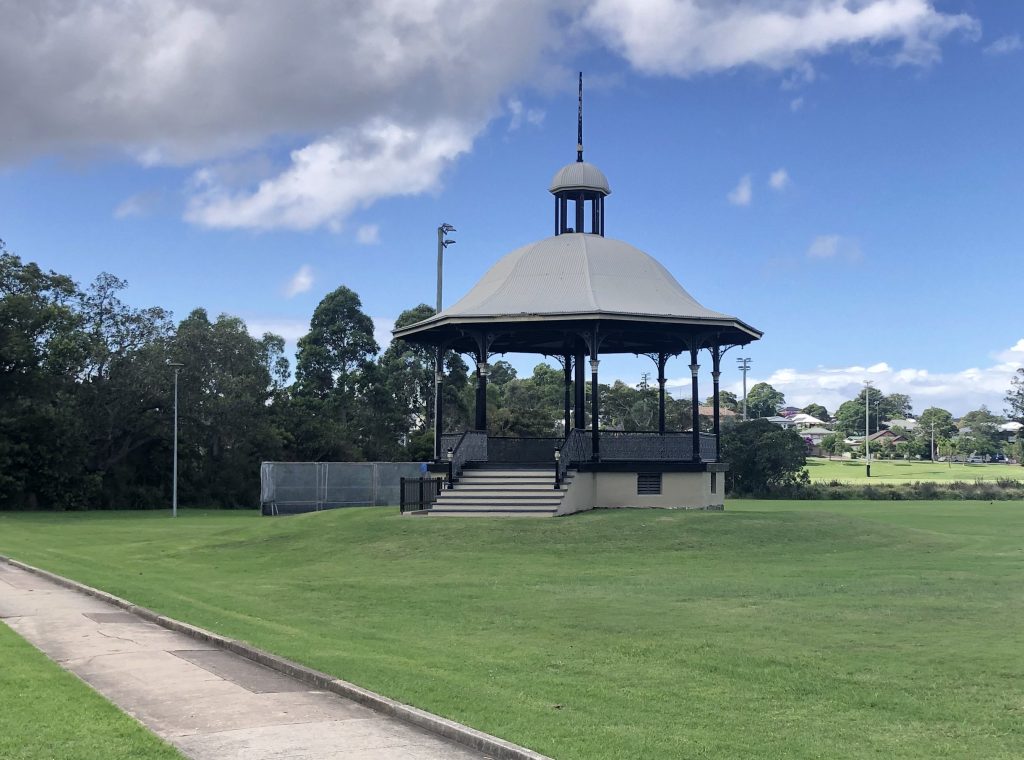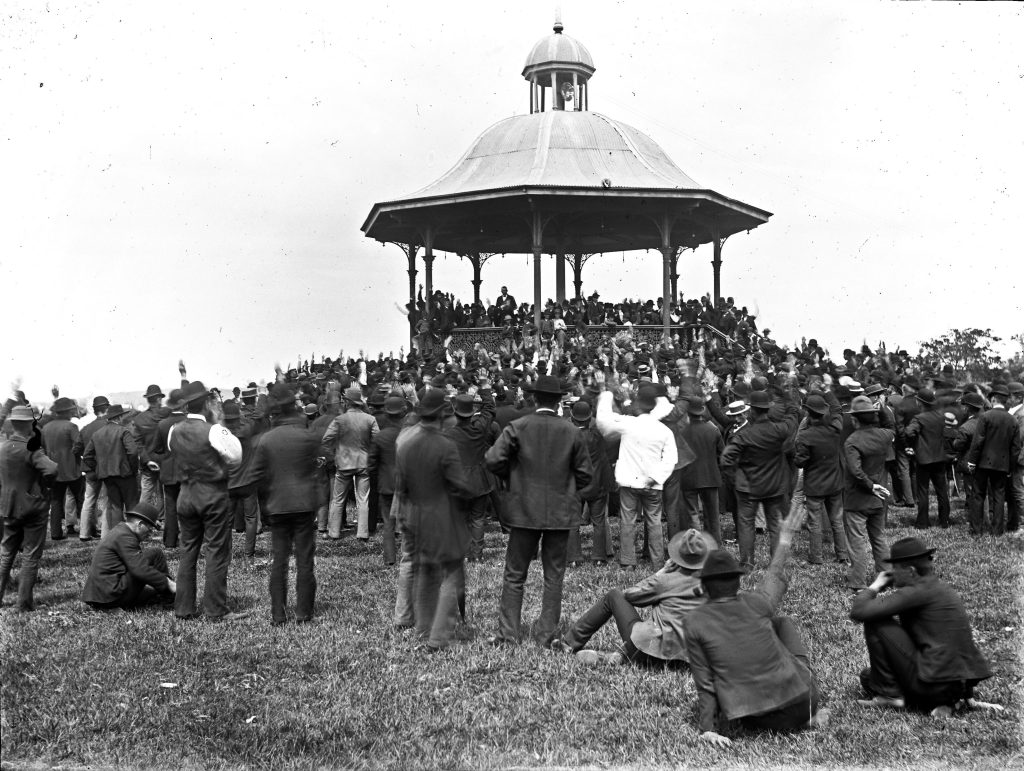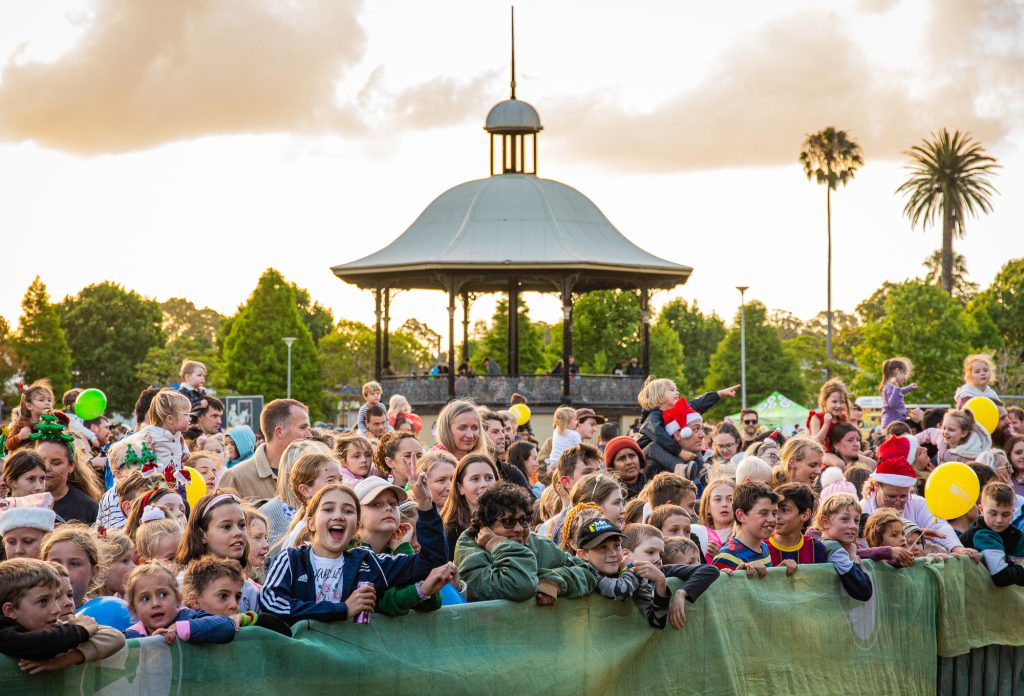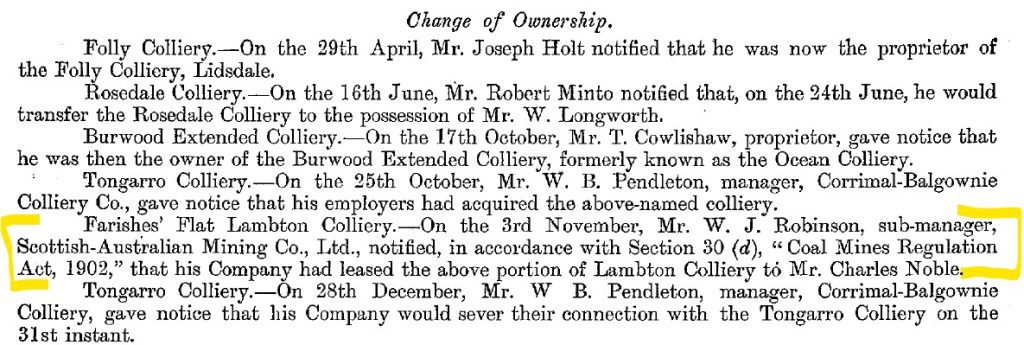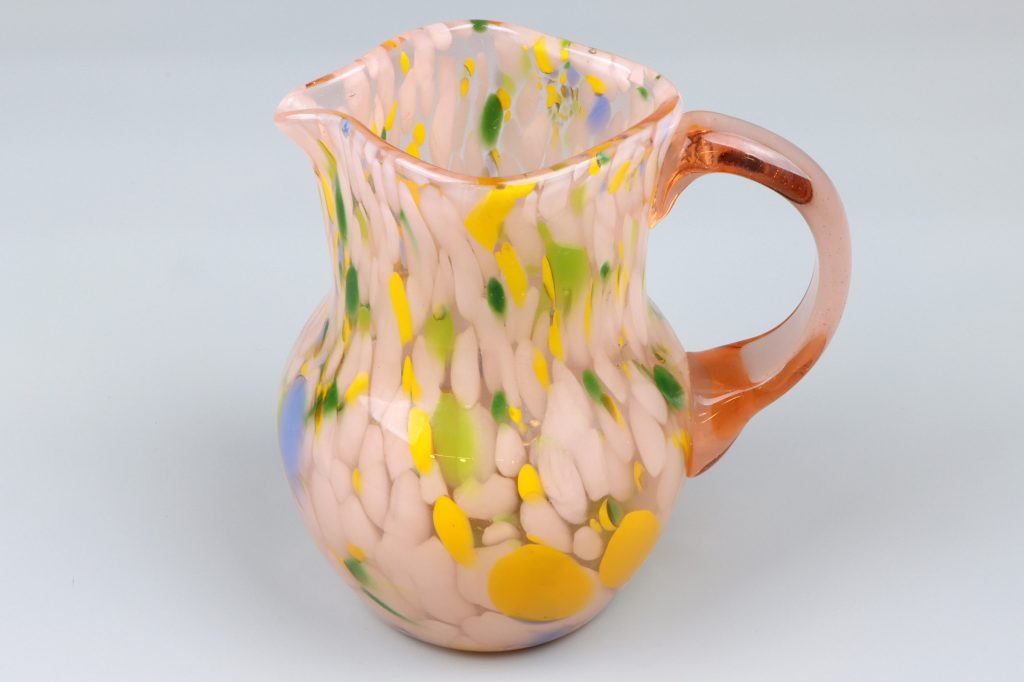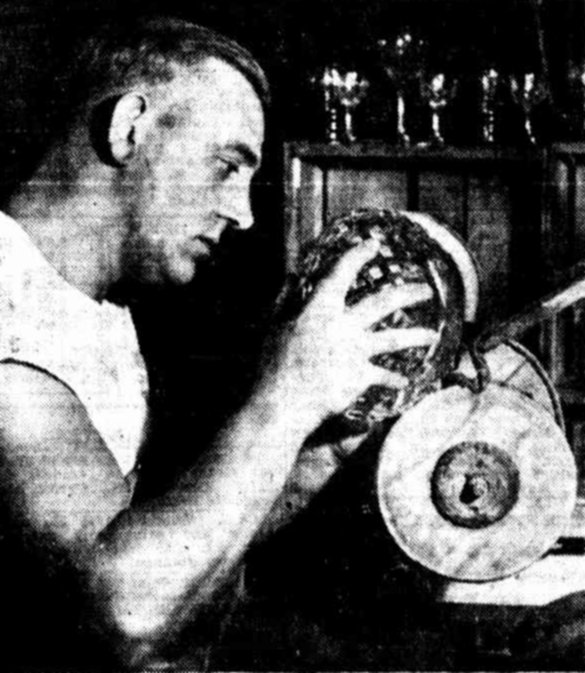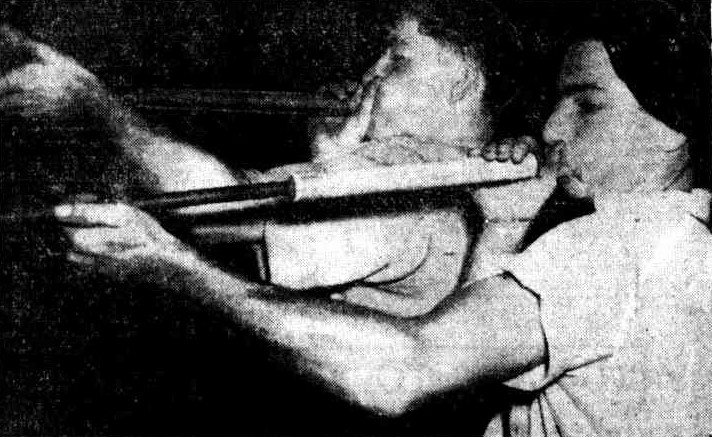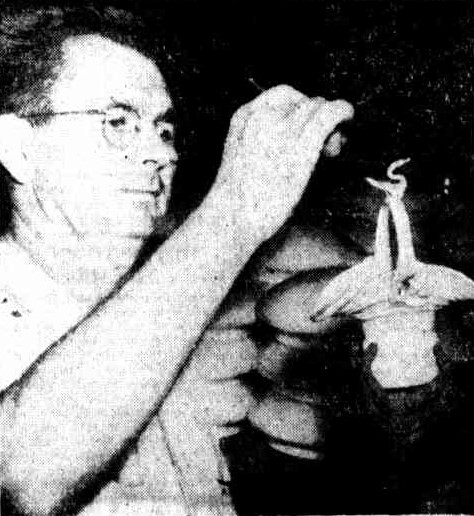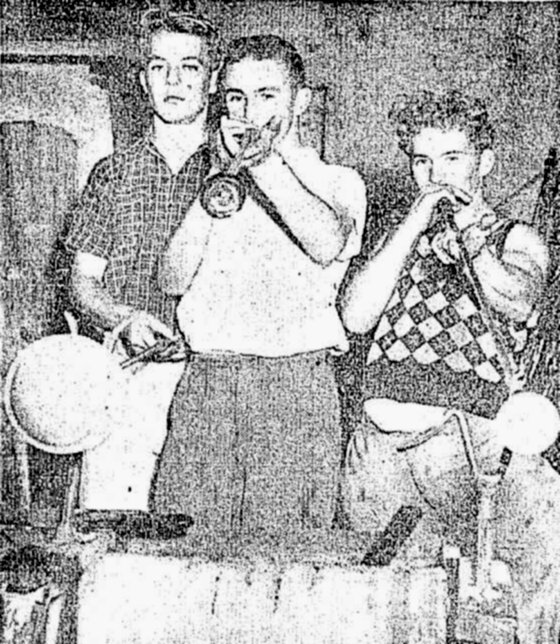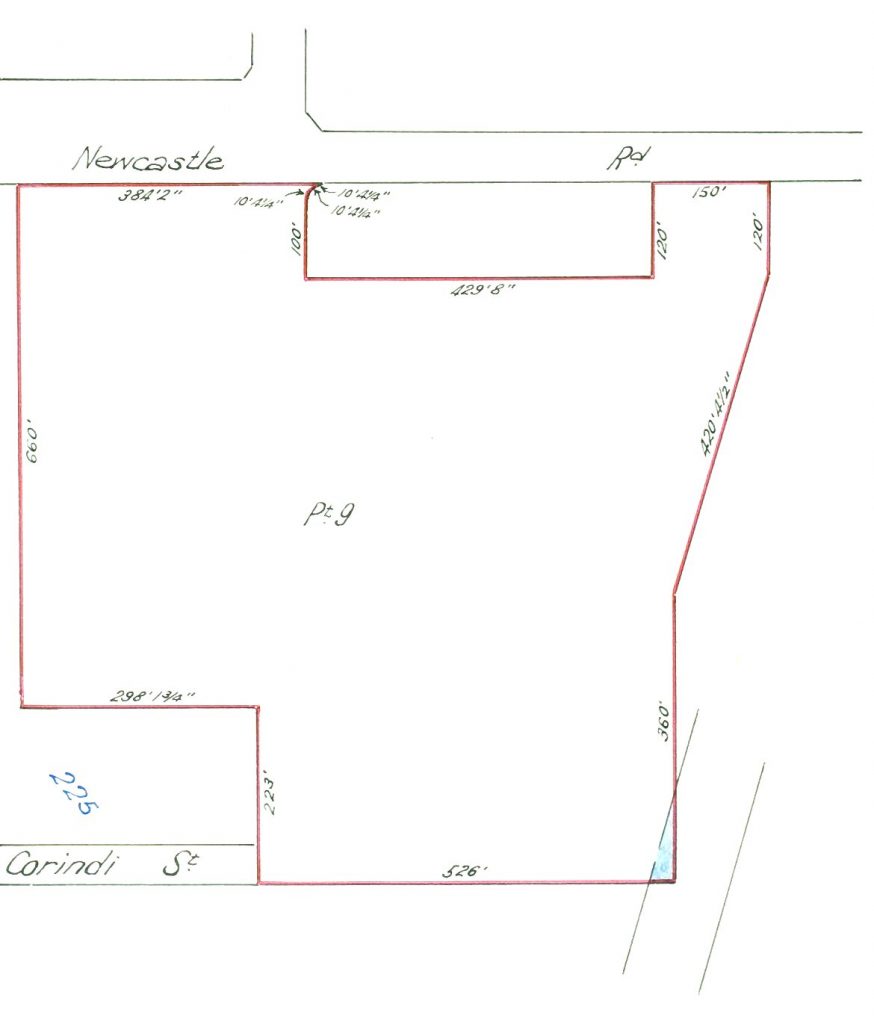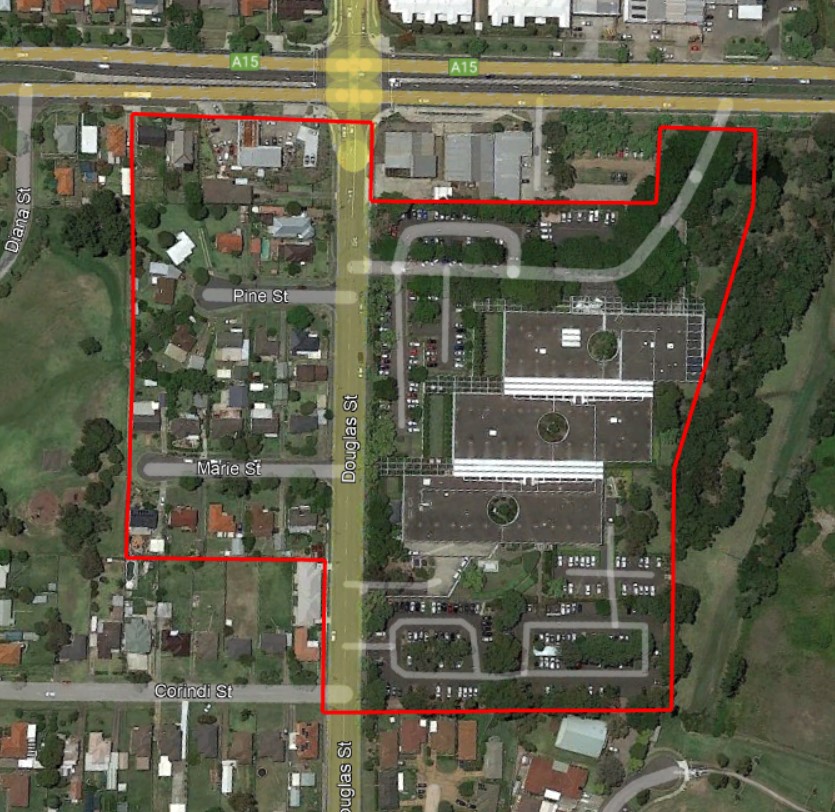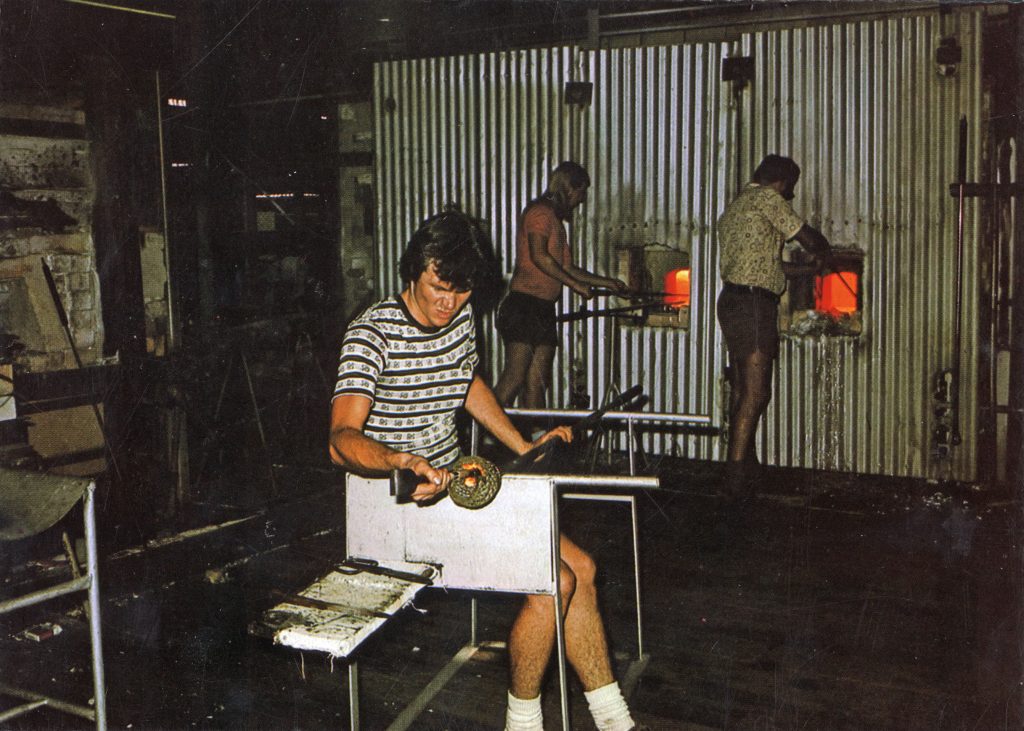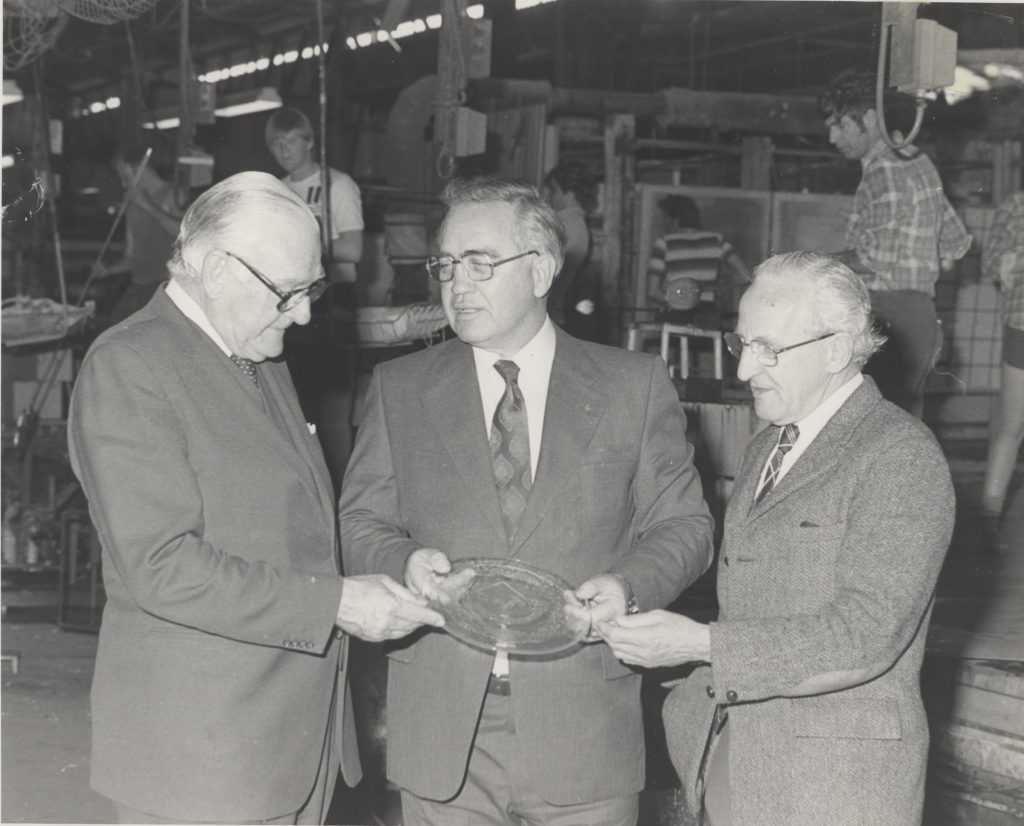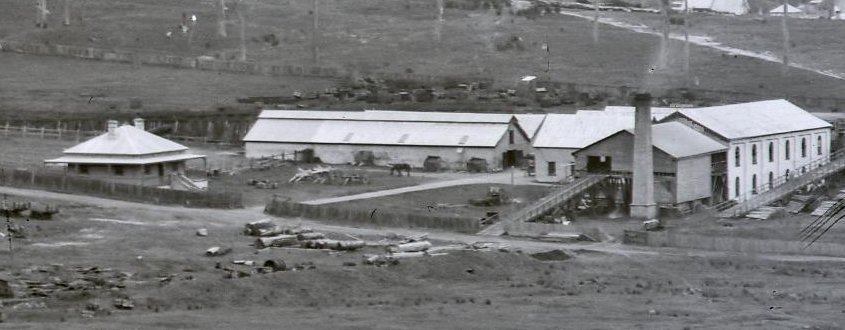When Lambton Colliery began in 1863 a railway was built to haul coal to the harbour. Roads into Newcastle were in a very poor state and a trip to town was a major undertaking. An appealing alternative was to travel by train. For a few years the colliery allowed passengers in the guards’ van of their coal trains at a cost of 6 shillings per trip. Tiring of this arrangement, they doubled the price in 1866, then ceased the service in 1867.
In 1874 residents agitated for the return of a passenger train. Thomas Croudace, the manager of the Lambton colliery, gave permission for a trial run and on Saturday evening of 28 February 1874 more than 500 residents travelled from Lambton into Newcastle. Despite this success Croudace withdrew permission for subsequent services, leading to great confusion two Saturdays later when several hundred residents turned up to catch a train that never arrived.
With no co-operation from Lambton colliery, residents approached the Waratah colliery for permission to carry passengers on their rail line. The directors having granted the request, the first train ran on Monday 25 May 1874 for the public holiday celebrating Queen Victoria’s birthday. A regular service then commenced on 30 May 1874, operating on Saturdays only with pick-up and set-down at “Betty Bunn’s crossing”, where the Lambton-Waratah road crossed the railway.
In August 1874 a fatal accident on the line put a halt to the passenger service. A sordid rumour began circulating that several storekeepers on the inquest jury had been unfairly critical of the rail authority’s safety procedures, with a view to having the train cancelled. Local traders opposed a service they saw taking shoppers and their money into the city and away from their own businesses. The passenger service eventually resumed in January 1875, but reduced to alternate Saturdays only. It operated for another 12 years, ceasing in 1887 when the tramline from Newcastle to Lambton opened.
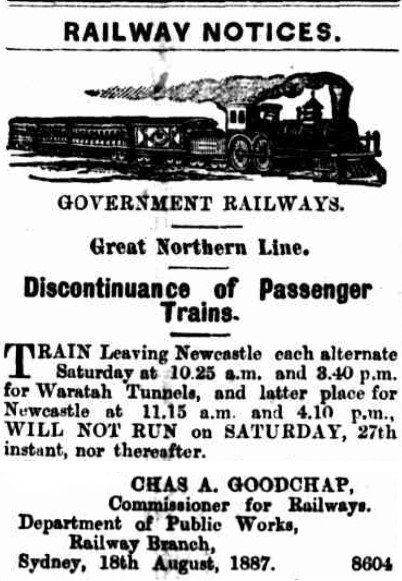
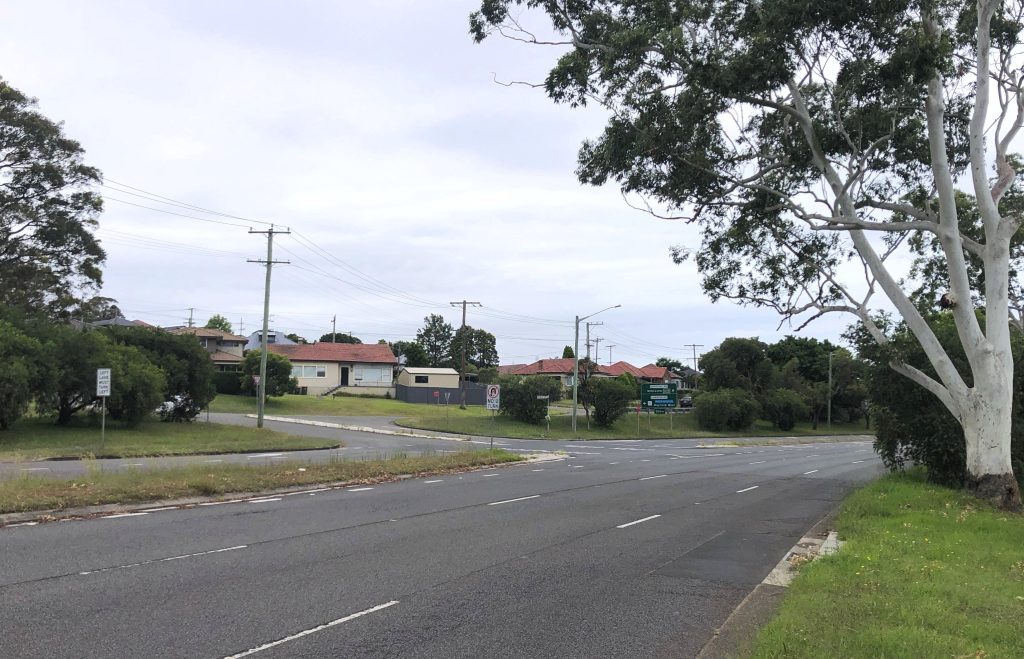
The article above was first published in the March 2024 edition of The Local.
Additional Information
Some of the content of this article was re-used from my November 2020 article “A Picnic Homecoming”, on the Lambton Public School outing to Toronto by train.
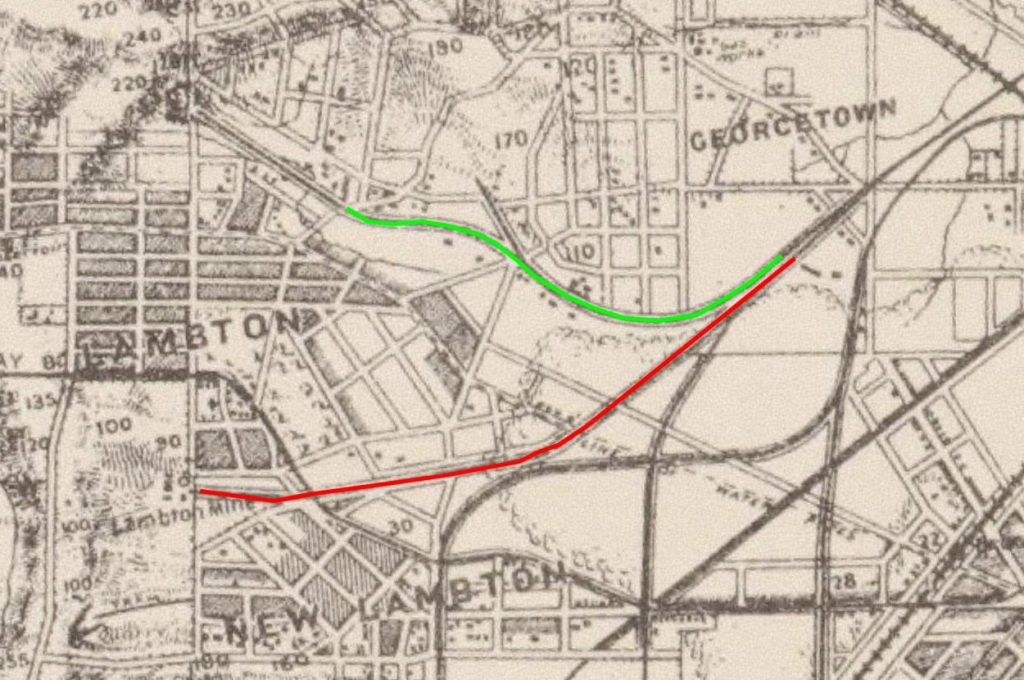
Newspaper articles
| Article Date Event Date | Notes |
|---|---|
| 18 Mar 1874 12 Mar 1874 | "A very large public meeting was held at Stokers' Hall Lambton, on Thursday evening last, to consider the best steps to secure a Saturday night train, and also a daily train to and from Newcastle and Lambton. The manager of the Lambton pit had allowed the train to run once on Saturday night, and then withdrew it ; the object of the meeting was to devise a method of ensuring a train regularly. The Mavor of Lambton presided. It was ascertained that the Government were quite willing, and resolutions were passed, empowering the formation of a committee to wait upon the manager of the Waratah Coal Company, requesting him to allow passenger carriages to be placed on their line on the occasions above named." |
| 18 Mar 1874 | "Great disappointment was felt at the non-arrival of the passenger train last Saturday evening. There were about 200 or 300 passengers waiting, who had to return to their homes annoyed. The blame is attributed to Mr. Croudace, for, I believe if he would consent to the train's running, the Government would; and, the advantage the inhabitants would derive would be very great." |
| 31 Mar 1874 | "The subcommittee appointed to conduct the application to the Waratah Coal Company, for a passenger train to be laid on, have received a reply from the directors, expressing their willingness to grant the request … The sub-committee accordingly waited upon Mr. Higgs, the traffic manager, to gain the required Government permission, and that gentleman has informed them that there were some arrangements pending respecting a train to be laid on by the Lambton Company, which had not yet been decided upon." |
| 23 May 1874 | "I have been instructed to inform you that the directors of the Waratah Coal Company have no objection to the Government running, for the convenience of the inhabitants of the district, on Saturday nights and holidays passenger trains on the Waratah Coal Company's private line of railway,
from the junction with Great Northern Railway to the Company's new tunnel, at the same rate as it is
done on the Wallsend Coal Company's line, provided arrangements are made so as not to interfere with the Waratah Company's coal traffic, and that the Government construct at its own cost all sidings,
platforms, landing places, &c., which may be required for passenger traffic."
The following Monday, being a public holiday for Queen Victoria's birthday, "arrangements were made for the train to leave Bunn's crossing on Monday, 25th May at half-past 10 o'clock a.m." |
| 27 May 1874 25 May 1874 | First passenger train on the Waratah Company railway. "The Railway Auditors laid on a train from Bunn's Crossing, on the Waratah Company's line, on Queen's Birthday, which was moderately patronised." In the same week that passenger trains start running to Lambton on the Waratah Company line, promises are being made to run passenger trains on the Lambton colliery line … "The following arrangement was made, between Mr. Croudace, on behalf of the Lambton Company, and the Minister, viz., that [Government] trains should be run ... that the Company give their line free and keep it clear of their own traffic ... The Government to take all other responsibility … this arrangement to come in force immediately after the holidays." In spite of this arrangement being made, nothing came of it. |
| 30 May 1874 | "Although the Minister for Works promised that a passenger train should be run to this town on the first Saturday after the holidays, no communication whatever has been received by the Traffic Manager on the subject. The arrangement made between the Minister for Works and Mr. Croudace was that four trains should be run, commencing on the first Saturday after Queen's Birthday." |
| 2 Jun 1874 30 May 1874 | "On Saturday, the first evening train for passengers ran from the Waratah Co.'s Tunnels to Newcastle, for the accommodation of a large population in that neighbourhood. The number of passengers by whom it was availed of, amply testified the necessity for the convenience. We take it for granted that the train will be continued, as otherwise the people of Grovestown and Lambton would have to give up all idea of getting into Newcastle during the winter evenings, either by way of the Broad Meadow or Waratah, the former being a sheet of water, and the latter a perfect slough of mud." |
| 4 Aug 1874 1 Aug 1874 | Fatal accident on the Waratah Company railway, when the Saturday evening passenger train strikes Andrew Tunney, who while drunk was riding his horse along the railway. |
| 11 Aug 1874 | After the death of Andrew Tunney on the railway line, the passenger service to Lambton is halted. A conspiracy theory arises that storekeepers on the inquest jury had a vested interest in stopping the passenger service in order to keep business in the town. |
| 30 Jan 1875 | Resumption of passenger train service to Lambton (Waratah Tunnels). The service to run on alternate Saturdays only. |
| 19 Aug 1887 13 Aug 1887 | Last passenger train on the Waratah Tunnels railway. An advertisement on the following Friday announces the discontinuance of the service. |


